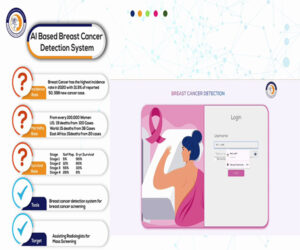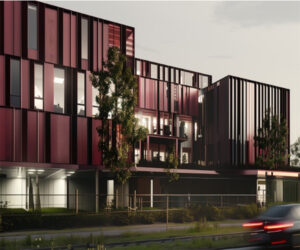Today, cutting-edge technologies like artificial intelligence (AI), robotics, and digital twins are stepping into the spotlight, streamlining workflows and reducing inefficiencies that have long plagued the industry.
AI’s contribution to safety management is particularly striking. Using computer vision and strategically placed cameras, AI systems provide constant oversight, identifying safety hazards such as missing protective equipment or unauthorized entry into restricted areas.
This round-the-clock monitoring significantly reduces accidents and disruptions.
Beyond observation, predictive analytics powered by machine learning are changing how risk is managed. By analyzing historical data, ranging from past incidents and maintenance logs to weather conditions, these systems can forecast potential risks before they escalate.
For example, during high-risk construction phases, AI might anticipate an increased likelihood of falls based on factors like worker fatigue and current weather.
On-site, AI-equipped wearables are redefining safety. Smart hard hats and vests now monitor worker health indicators, detect falls, and even track fatigue levels. By integrating this data, supervisors can spot emerging risks and address them proactively.



